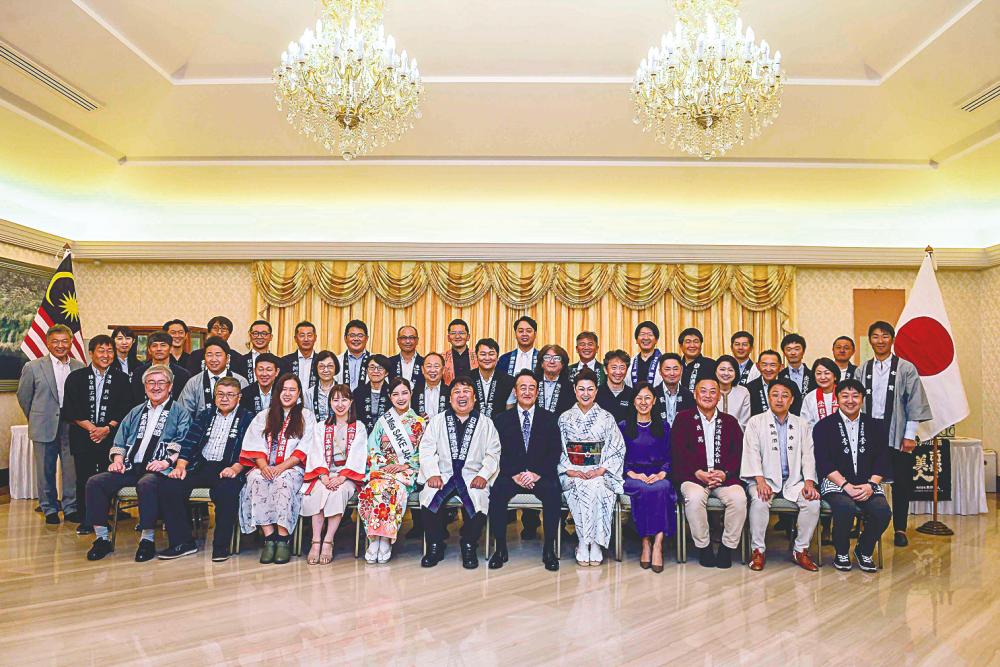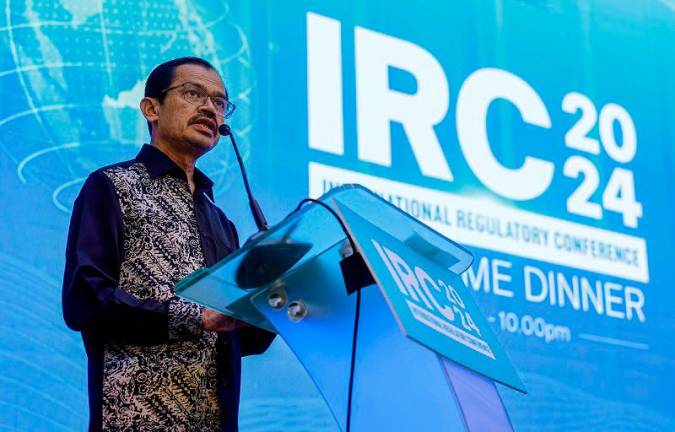AS the national beverage of Japan, sake is a core aspect of the island nation’s history that’s permanently etched into the country’s cultural heritage and identity.
Japanese Ambassador Takahashi Katsuhiko likens Japan’s relationship with sake to East Malaysia’s (or, specifically, Borneo’s) relationship with tuak.
In Sarawak, tuak is intertwined with the Iban and Sarawakian identities. Brewed from rice, the traditional alcohol beverage is a crucial part of Indigenous celebrations.
“Japan is the same. Sake is used during rituals as a way to express gratitude to nature and the ancestors. We are appreciative of the nature that creates sake,” Takashi told theSun.
“Spirituality is important, but I don’t want Malaysians to feel spirituality for its own sake,” he said, laughing.
In Japan, sake brewing is said to date back over 2,000 years from first arriving from China along with rice cultivation, being brewed in temples by Shinto monks, coming under the control of the government, and finally becoming what it is now.
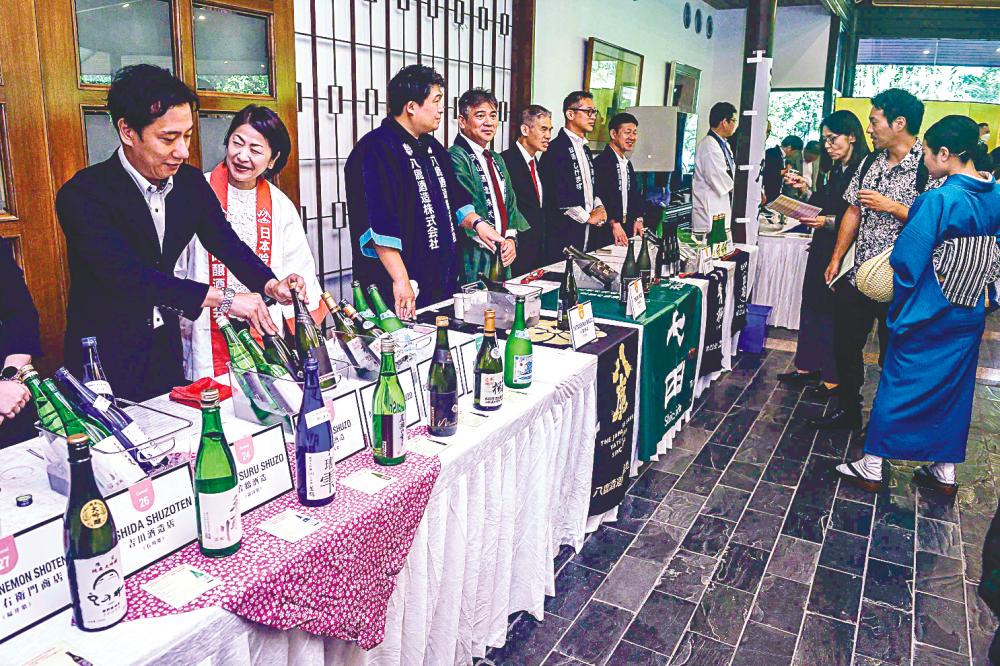
The ambassador ultimately hopes that through sake and learning to taste the different sakes, Malaysians will be motivated to learn not only about the history behind it, but also about the different regions and prefectures in Japan.
Takahashi also drew parallels between sake and wine, saying that the former is as weak as the latter and that, like wine, it pairs well with food.
“If you have a bottle of sake, you can cool it to a very cold temperature, or you can warm it. By doing so, the taste and aroma become different. This is something that wine can’t do”.
When asked which type of food goes best with sake, the ambassador, naturally, said Japanese food is the safest scenario, while also breaking down the types of sake.
“Light-tasting sake is good for sashimi and raw fish, while heavy-tasting sake can accompany more oily dishes, like tempura or even grilled meat,” he said.
The ambassador also pointed out that new types of sake have been introduced: sparkling sake, like champagne, that is drunk as an aperitif, and aged sake.
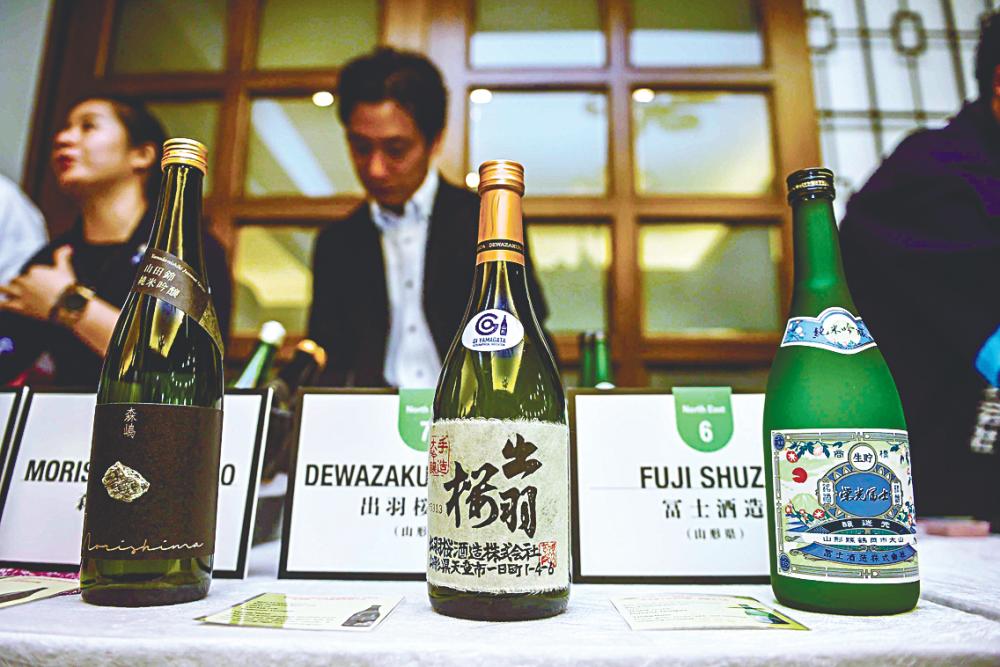
“Some sake, if kept at a stable temperature, can become dark, like whiskey, and begin to taste a little bit different. It can be drunk with sweets, like desserts”.
Takahashi explained that the different tastes of sake are due to how rice and water taste differently throughout Japan. For instance, sake brewed using water sourced close to Mount Fuji would taste almost radically different than water sourced elsewhere in the country.
Each region’s climate and koji (the starter or fungus) also play a crucial role in the intricate brewing process of sake.
Due to all these factors, it’s not a surprise that the sake produced in Japan comes in a wide array of tastes and qualities.
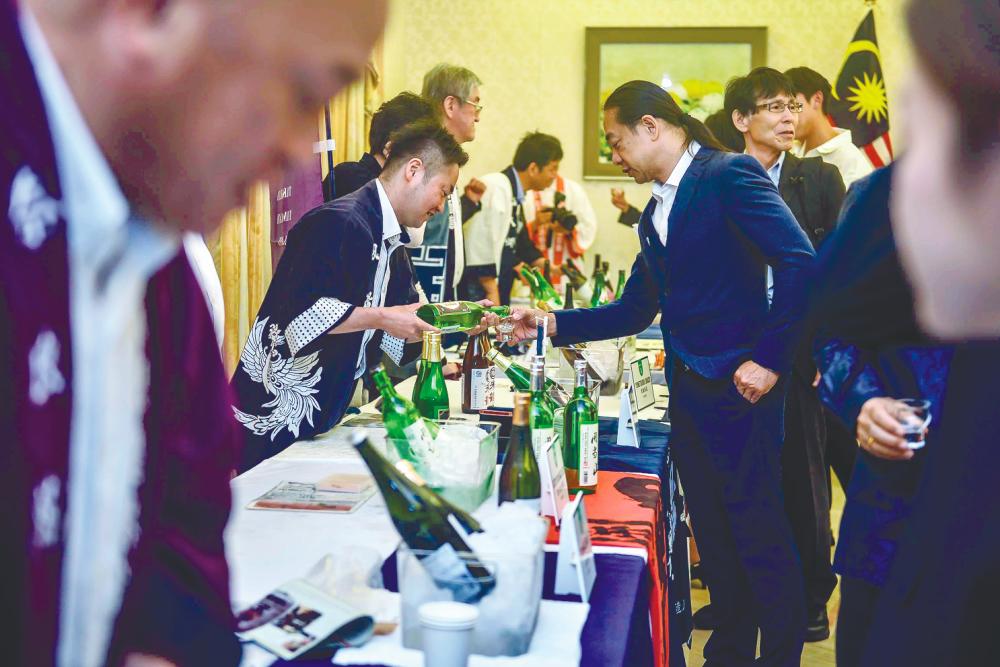
A convergence of sake
On July 25, Takahashi hosted a private sake tasting event for guests at his abode.
From the Japan Premium Sake Association, 32 out of 41 members arrived with sakes from their breweries. Though the remaining nine members were absent, their sake was still provided at the event.
The ambassador explained that the gathering was an opportunity for sake lovers and industry figures to experience 41 different types of sake in one place.
“Such an event is quite rare outside Japan. We are inviting people to compare each one of them, and by doing so, they will know the difference, along with finding out which sake suits their tastes,” he explained.
Out of the 41 types of sake served at his private residence, Takahashi explained that he believes around 60% to 70% are not available in the Malaysian market. The event will thus provide an opportunity for the breweries to introduce their sake to interested Malaysian parties.
“We used to do these types of events in New York, at the United Nations headquarters, back in 2013. At that time, sake was still not widely accepted. So when people drank it and wanted to buy more, it was not available”.
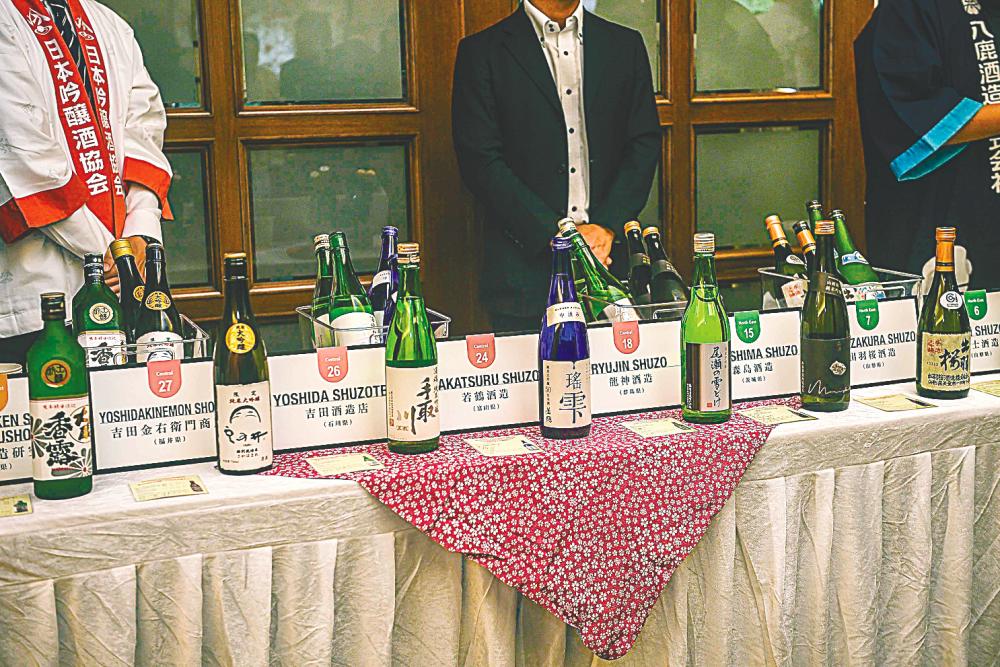
The next day, on July 26, the Japan External Trade Organisation (JETRO) organised another event for sake distributors and retailers.
“Sake makers have come from all over Japan, from north to south. I want [the guests to familiarise themselves] with the prefectures that produce different types of sake,” Takahashi stressed.
“This will also encourage Malaysian investors and businessmen to shift their attention not only to major cities like Tokyo, but also to other parts of Japan”.
“If Malaysians start to love sake, the consumption of sake will increase,” he admitted.
“In the past 10 years, the overall sake consumption abroad has increased twofold in 10 years, but in Malaysia, it has increased even more substantially in ten years.”



